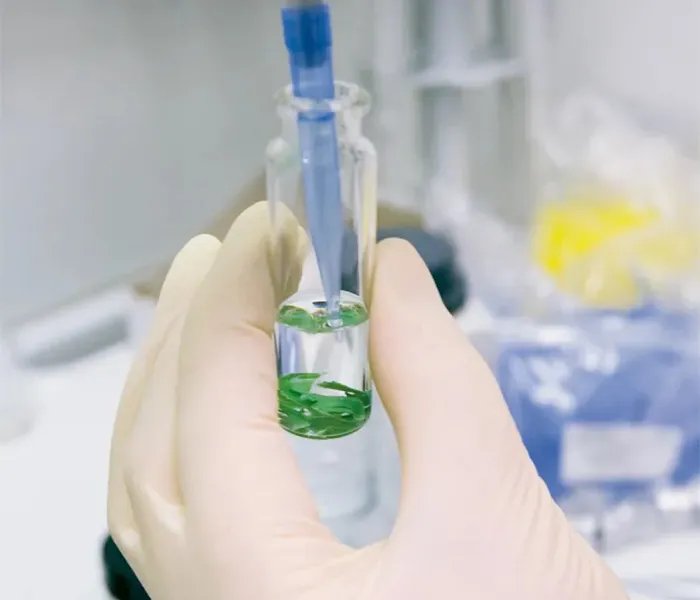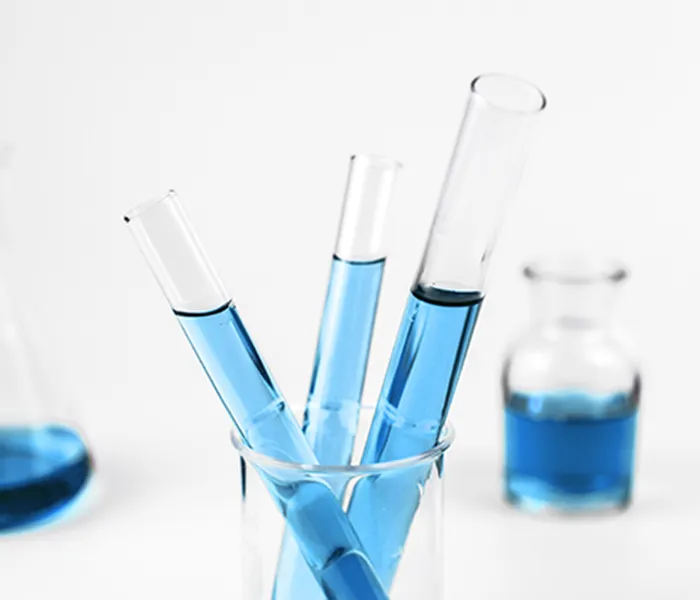Silane coupling agents are versatile compounds that bridge the gap between inorganic and organic materials, enhancing their adhesion and performance.
Scientific Characteristics
Chemical structure
Silane coupling agents have a bifunctional structure, with an organic group at one end and a hydrolyzable group at the other end. Organic groups interact with organic materials, while hydrolyzable groups bind to inorganic surfaces.
Mechanism
Silane coupling agents work by forming covalent bonds between inorganic surfaces and organic coatings or composites. They act as molecular bridges, improving adhesion, enhancing mechanical properties and preventing delamination.
Scientific Applications
Silane coupling agents are used in various scientific fields, including:
- Preparation of nanocomposites
- Reinforced composites and adhesives
- Modification of inorganic surfaces
- Waterproof and anti-corrosion
Cultural significance
History and Evolution
The discovery of silane coupling agents dates back to the 1940s, with Dr. E.P. Prudman playing a pivotal role. Over the years, research has expanded its range of applications, improving its efficiency and compatibility.
Art Application
Silane coupling agents have entered the art world. Their ability to bond inorganic materials such as glass and ceramics to organic resins paves the way for new artistic techniques and hybrid materials.
Architectural Wonders
Silane coupling agents contribute to the durability and aesthetics of modern buildings. They enhance paint adhesion to concrete, glass and metal, reducing maintenance costs and extending the life of buildings.
Business aspects
Market size and growth
The global silane coupling agents market is expected to reach USD 1.5 billion by 2025, driven by growing demand across industries.
Industrial Applications
Silane coupling agents play a vital role in the following industries:
- Construction and Building Materials
- Autos and Transportation
- Electronics and Semiconductors
- Medical Equipment and Healthcare
Advantages and Benefits
The advantages of using silane coupling agents include:
- Enhance adhesion to inorganic surfaces
- Improve mechanical properties
- Improved durability and corrosion resistance
- Reduce VOC emissions
Features and expertise
Surface treatment
Surface treatment is critical to the effective use of silane coupling agents. Ensures removal of contaminants and activation of inorganic surfaces to maximize adhesion.
Selection criteria
Selecting the appropriate silane coupling agent depends on the intended application and the specific inorganic material. Factors to consider include chain length, functional groups and compatibility.
How to apply
Silane coupling agents can be applied by a variety of methods, including dipping, spraying and brushing. The choice of method depends on factors such as surface area, desired penetration, and processing requirements.
Case studies and real-world examples
Automobile industry
Silane coupling agents are used to improve paint adhesion to metal surfaces, reduce corrosion and enhance durability.
it
Silane coupling agents enhance the adhesion of organic materials to glass substrates, forming reliable electrical connections.
Medical industry
Silane coupling agents help graft bioactive molecules onto inorganic biomaterials to promote tissue regeneration and device integration.
Possible questions and answers
How are silane coupling agents different from other coupling agents?
Silane coupling agents have a unique bifunctional structure that enables them to specifically bind to inorganic and organic materials.
Are silane coupling agents environmentally friendly?
Modern silane coupling agents are formulated with low VOC emissions, reducing environmental impact.
Where can I buy high quality silane?
If you want to get high-quality silane products, you might as well try kbr. As a professional silane manufacturer, kbr can provide you with high-quality products and excellent services. Welcome to contact us for detailed ordering information!
Conclusion
Silane coupling agents are versatile and indispensable compounds that enable seamless integration of inorganic and organic materials. Their scientific, cultural and commercial significance has transformed industries and improved the way we live through their ability to bridge gaps and unlock new possibilities.






